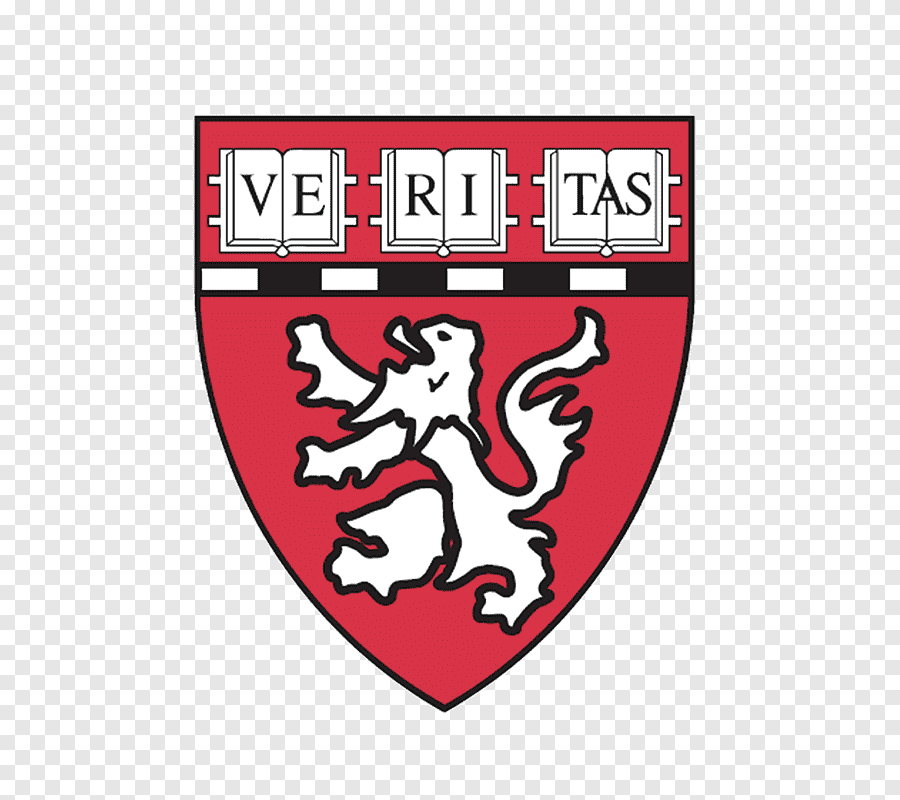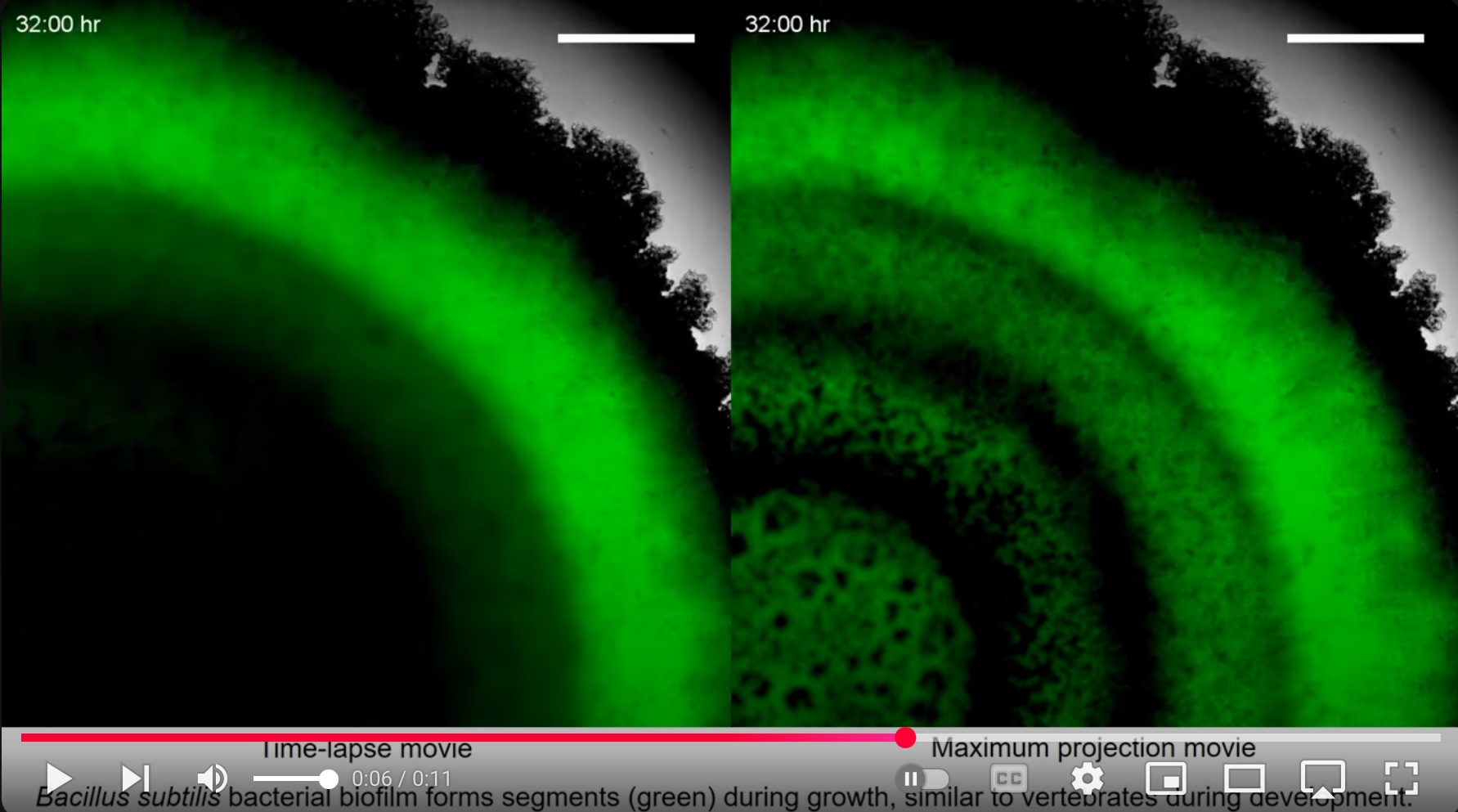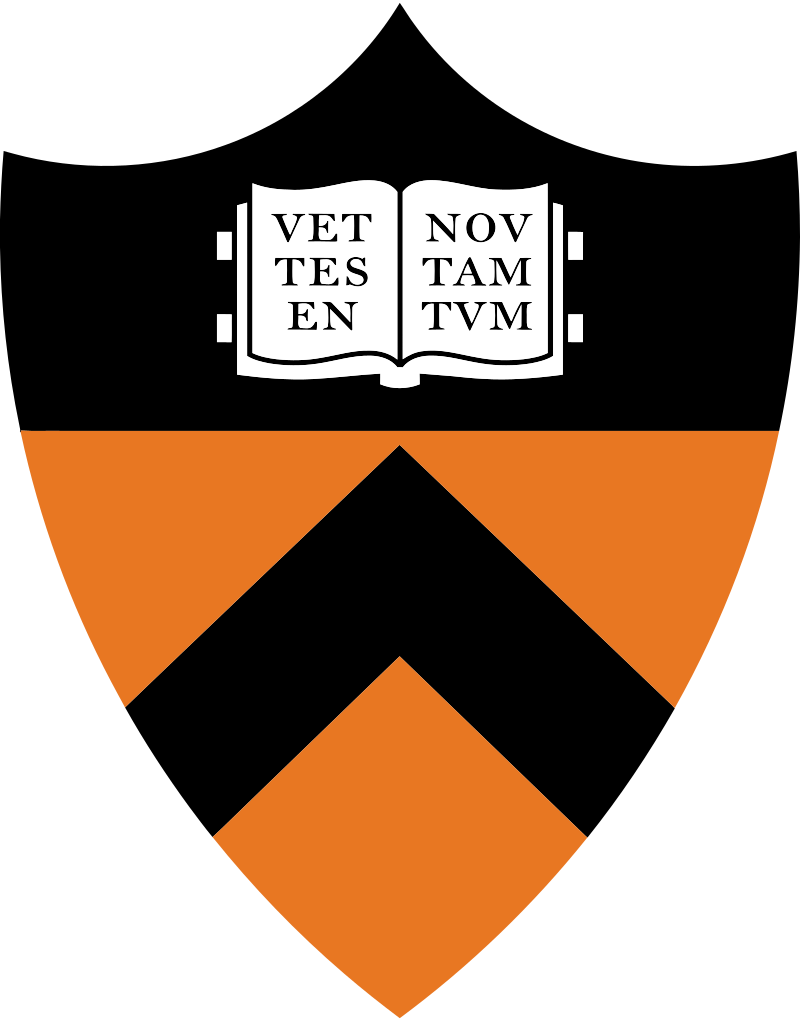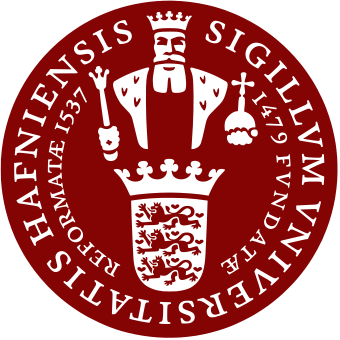Microbiology: Engaged Projects
Further resources, if available, can be found in our full bibliography.

Kolter Lab
Harvard Medical School
Under the leadership of Roberto Kolter from 1983–2018, members of this lab studied an eclectic mix of topics in microbiology, including microfilms. This website has retained resources of interest.

Süel Lab
University of California-San Diego
This is a microbiology lab at University of California–San Diego led by Gürol M. Süel. The lab draws together leaders in research on ion channel signaling.

Blackwell Lab
University of Wisconsin-Madison
Blackwell Lab designs new chemical tools to decode and interfere with quorum sensing, a type of bacterial communication. The mission of the Blackwell Lab is to (1) design and use chemical tools to interrogate the mechanisms of bacterial QS and modulate bacterial behavior in biological systems relevant to human health, (2) develop creative and engaged scientists capable of solving interdisciplinary research problems, and (3) share its knowledge and passion about QS with others. The lab strives to foster a safe, welcoming, inclusive, and supportive environment for people of all backgrounds, experiences, and perspectives.

Greenberg Lab
School of Medicine, University of Washington
Greenberg Lab is focused on the emerging field of sociomicrobiology. It currently studies: Quorum sensing – intercellular communication; Biofilms – the mechanisms by which bacteria switch from a nomadic existence to a sessile biofilm lifestyle and the mechanisms underlying the ability of sessile biofilm bacteria to survive the action of antibiotics; Conspecific territoriality – the ways in which clonal populations of bacteria can discriminate themselves from other clonal populations. Greenberg Lab is interested in the genetic and molecular mechanisms of social behaviors and the evolution of sociality, but it is a fact that social activities the lab studies are of importance in pathogenesis.

Bassler Lab
Basslery Lab at Princeton University
Bassler Lab wants to understand quorum sensing: the process of cell-cell communication in bacteria. Quorum sensing involves the production, release, and subsequent detection of chemical signal molecules called autoinducers. Its studies of quorum sensing are providing insight into intra- and inter-species communication, population-level cooperation, and the design principles underlying signal transduction and information processing at the cellular level.

Costerton Biofilm Center
The Costerton Biofilm Center
The Costerton Biofilm Center is a unique interdisciplinary research center established to explore the field of chronic infections caused by bacteria. Costerton pioneered the development of the biofilm theory of which bacteria grow enclosed in a protective, biopolymeric matrix forming a film that is adherent to solid surfaces (a sessile organism). Together with University of Copenhagen’s Niels Høiby, he strongly promoted the view that bacteria in biofilms (environmental as well as medical relevant) differ significantly from their planktonic (free-floating) counterparts (Costerton et al., Sci Am 1978).
Photo Credit: Vesicular Stomatitis Virus (VSV); National Institute of Allergy and Infectious Diseases/Unsplash